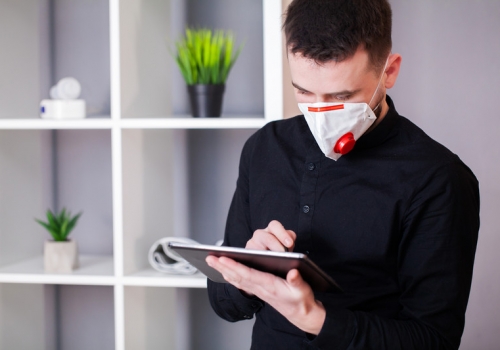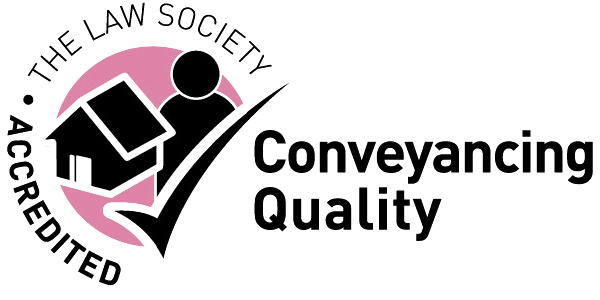
The worldwide spread of the Coronavirus has resulted in emergency measures.
20th March 2020
The worldwide spread of the Coronavirus has resulted in emergency measures and Government guidance about restricting physical contact with other…


Employers have a duty to provide Personal Protective Equipment to protect their employees from hazards and risks of injury. PPE includes clothing or equipment which reduces the chance of injury, chemical exposure and illness.If an employee suffers an injury caused by the failure to provide PPE then they could be entitled to claim compensation.
If you have suffered an injury caused by the absence of PPE then consult our expert workplace injury solicitors by calling us on 08000 430 430 or complete our online enquiry form to request call back.
Different personal protective equipment is used to offer safety for employees from hazardous chemicals, electrical shocks, excessive heat and fire and from other types of risks in the workplace. Personal protective equipment (PPE) may include;
It is the duty of employers to provide all employees with suitable personal protective equipment free of cost. Employers should make sure the availability of all types of PPE for every employee. Risk assessment, selection of suitable PPE, maintaining the standard of PPE, themaintenance of PPE and storage of PPE are the responsibilities of employers to fulfill. Employees must also be given the instructions, information and training for how, when and where to use PPE. Employer is responsible if any of his employees faces serious personal injury due to the absence of PPE.
It is your right to be compensated if you have suffered a personal injury caused by your employer’s failure to provide, you with suitable personal protective equipment.
Our specialisedteam of personal injury solicitors has years of experience in dealing with work related accidents. If the unavailability of Personal protective equipment (PPE) at workplace harmed you or your family member then contact us today on 08000 430 430 or submit our online enquiry form so we may call you back.
We will ensure we obtain maximum compensation for you including compensation for pain and sufferings, loss of earnings and treatment costs.

20th March 2020
The worldwide spread of the Coronavirus has resulted in emergency measures and Government guidance about restricting physical contact with other…

9th June 2015
If you have decided to make a compensation claim following a personal injury then you may be wondering where to…

2nd April 2015
If you have been the victim of a personal injury that was not your fault then you may wish to…

18th February 2015
When you become the victim of an accident it is likely that you’ll want to make a personal injury compensation…